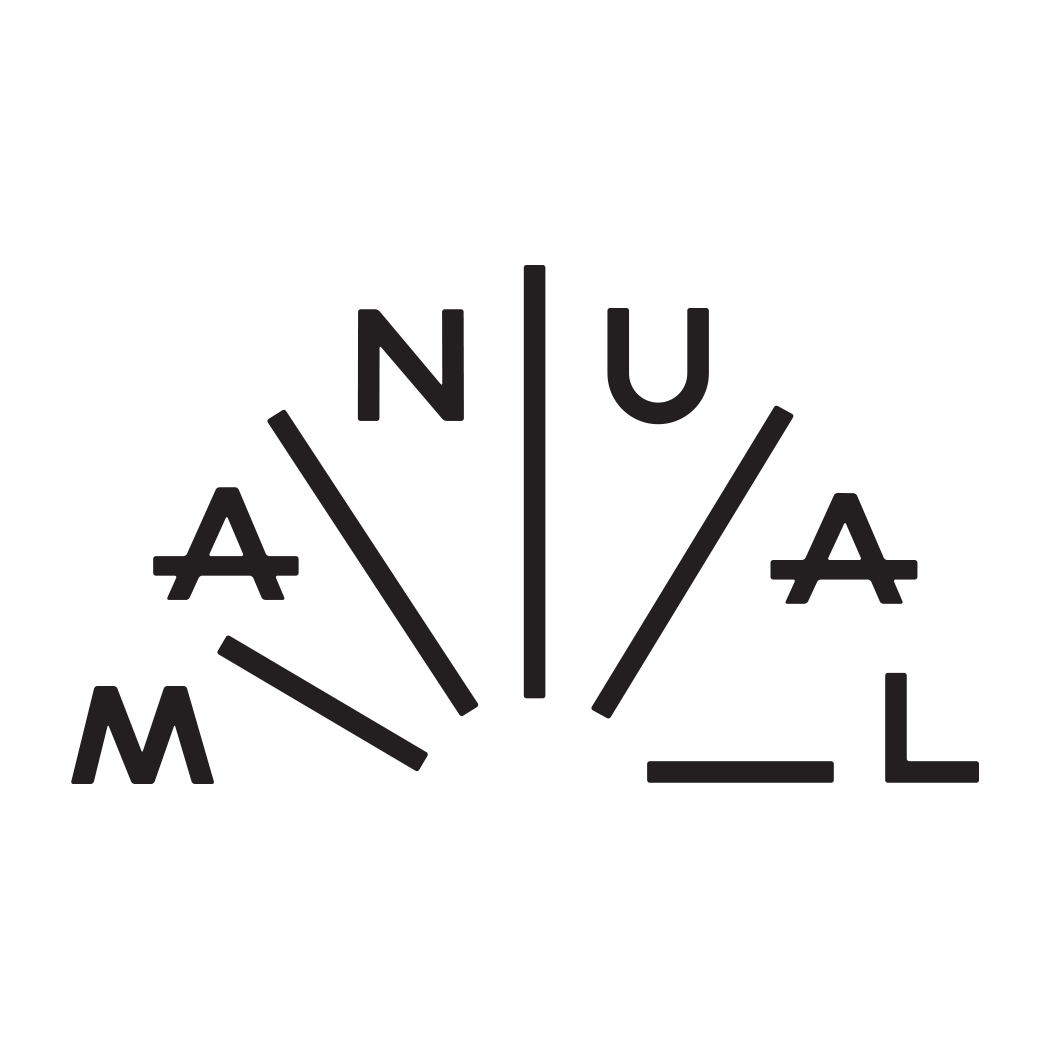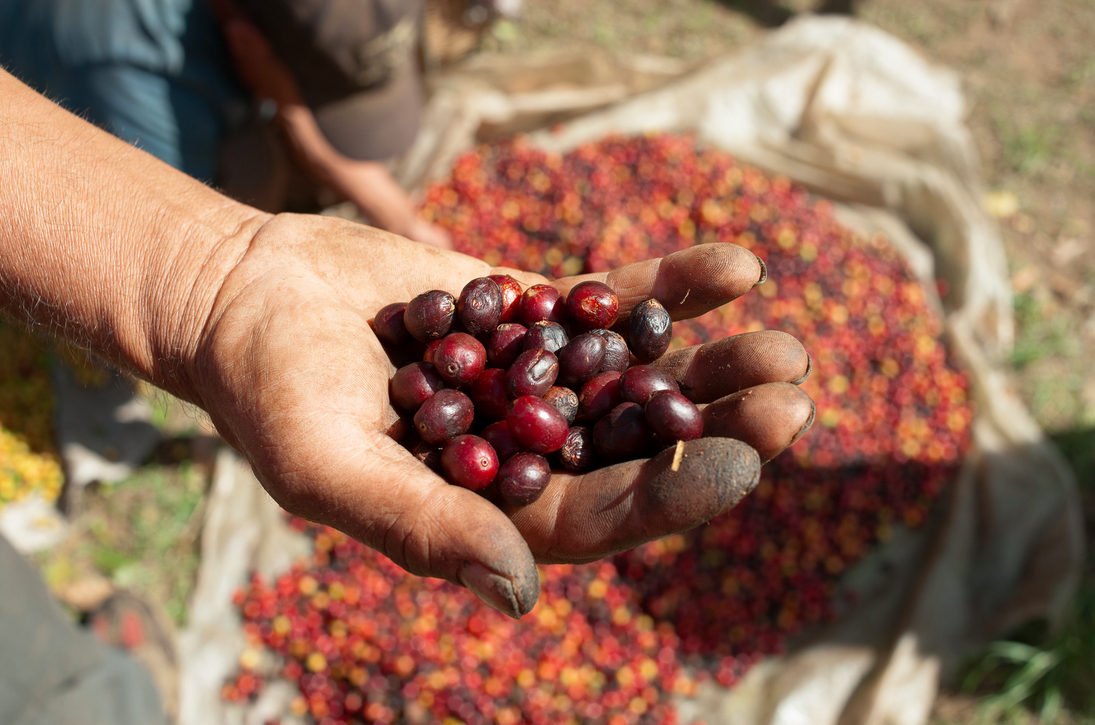Coffee = Toasted Fruit
Last week I got a chance to sit in on a roast day at Gaslight Coffee (the folks that will be roasting the coffee for this project) and documented the process to share with all of you. But first, a quick origin primer:
Coffee is agriculture.
It's easy to forget as you sip your latte in an urban cafe surrounded by laptops and hipsters, but coffee starts its life as a humble berry that grows on a small unsightly shrub, grown by hard-working farmers that live in countries near the earth's equator.
Farmers in places like Colombia, Kenya, and Indonesia pick these "coffee cherries" from the unsightly bushes (often by hand), take them to a processing center (usually shared by many farmers as a co-op) to separate the fruit from the bean by washing in water. This "washed process" is in contrast to the less common "natural process," where the beans are not washed, but allowed to sit in the sun and have their cherries decompose naturally. In either process, once the bean is exposed, it is dried (usually in the sun) on raised beds. Then they are milled to remove any final layers of parchment or skin, and then graded and sorted to remove defects. At this stage the beans are referred to as "green" because of their grassy color. The best beans are purchased by an importer or directly by a coffee company (known as "direct trade"), and imported and shipped to the location where they will be roasted.
So that brings us to Gaslight's roasting operation. Miro Lomeli is Gaslight's green buyer and coffee roaster, which means he sources and roasts the coffees they use in store and sell wholesale. A recent transplant from Michigan, he still has the friendly disposition of his previous home, paired with roasting chops that stand up in a city that is blazing with both micro-roasters and craft coffee giants who have been leading the way for more than a decade.
In the US, craft coffee roasters tend to focus on single-origin coffees that are lightly roasted. Single origin means all of the beans in the coffees they roast come from one farm, possibly one location, or even one lot. Because of this hyper focus, the majority of the flavors you taste in a cup of coffee are coming from the bean itself; the varietal, the growing conditions, and the processing all contribute to the unique flavors. Craft roasters also tend to roast their beans on the lighter side because it allows for more of the origin flavors to come forward. A dark roast brings forward more of the roast flavors—the smoke and carbon. It's all personal preference of course, but a good analogy is steak: there's nothing wrong with a medium-well steak, but if you want to taste more meat than char, the rarer the better.
Green to roasted
The current coffee offerings at Gaslight includes a Rwandan (juicy and wine-like), a Colombian (brown sugar), an Ethiopian natural process (blueberries & spice), and a Guatemalan (chocolatey). This selection is always rotating with what's in season, and is purchased in small lots, and roasted in batches of less than 15 lbs—so it's always best to move on a bag as soon as its released.
Diedrich IR12 roaster—murdered out
In its essence, roasting coffee is quite simple: heat is applied to the beans, they darken, you stop them when you want them to be done. But like many arts, true skill and talent is what separates the average from the notable. Understanding how to control the nuances of the process, knowing how to bring out the best qualities in a bean, and being able to get repeated results is what makes a simple process much harder to master.
Weighing out the greens
Green coffee is surprisingly "grassy" smelling—nothing like the toasty smells you get at the end. However a natural process coffee usually has a fruity smell evident even at the green stage. The beans are weighed out to ensure consistent results in the roaster.
Dumping into the top of the roaster
Once the green beans are dumped into the roaster, the entire process only takes around 15 minutes. It takes a few minutes to go from the grassy smell to more of a toast-like scent. The roaster keeps an eye on the progress through the sightglass as well as taking samples to smell.
Beans rotating, as seen through the sightglass
Judging progress through smell and sight
Beyond color and aroma, coffee also has audible cues of its progress. During the roast there are two points where the beans expand and make a sound: "first crack" and "second crack". Generally the first crack is the beginning of what's considered a light roast, which is where Gaslight tends to take their coffees. First crack highlights a lot of the origin characteristics, and retains the acidity that makes the coffee seem "bright".
The drop
Coffees that enter second crack are often called "full city", which is generally the furthest extent of most craft roasters in the US. Beyond 2nd crack are French, Italian and Vienna roast. This is when the beans become "oily" in appearance, acidity is muted, more caramel notes come through, and roast flavors can tend to overpower the origin flavors. It's also worth noting that darker roasts actually contain less caffeine.
Cooling
Once the beans hit their roast goal, it's important to cool them evenly and quickly to keep them from continuing to develop.
Finished beans
When the beans are fully cooled, they are dumped and ready. Generally its accepted that coffee should rest for a few days after roast for the flavors to "develop" but it is fine to drink right away. For the freshest cup, it's best to drink within 7-10 days of the roast. After a few weeks the flavors are noticeably muted—still drinkable, but just not the same. I say treat your coffee like you treat fresh bread—buy just what you need more often and use it up fast.
Documenting for consistent roasts
And this is why it's a great thing that more and more roasters are popping up around the world—going to buy your beans directly from a roaster or coffee shop means you're getting the freshest coffee possible. Even the best grocery stores tend to keep coffee on the shelves a little longer than is ideal, so I always try to buy local for the freshest results.
Manual is all about embracing process, whether it be manually brewing a cup of coffee or just having a basic understanding of how coffee comes to be a product we all buy. I've certainly glossed over many details that we could go quite deep on, but I wanted to share an overview of the process to bring it a little closer to those who generally only think about coffee as a liquid. Coffee travels a long way to get to your cup, and I think understanding the steps it goes through demystifies it in the best way possible, and ultimately brings a higher level of appreciation to that tasty mug you're about to sip.
















